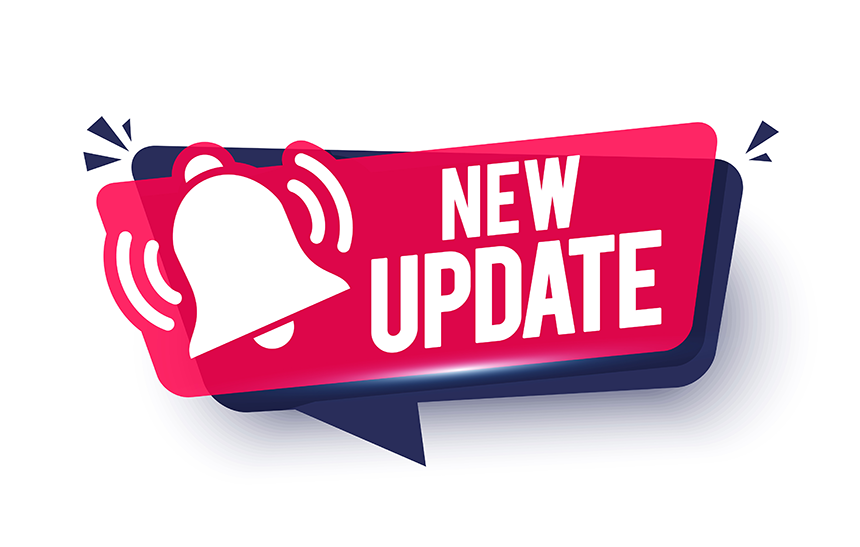With modern architecture comes innovative solutions to long-standing problems. The growth and demand for better digital experiences necessitated headless architecture. Until recently, websites only had to worry about delivering content to the web browser. Today, consumers get content from various platforms, including mobile devices, wearables, and AI-powered voice assistants.
The beauty of a headless CMS is the freedom it provides developers to build with any frontend framework of choice. Despite its apparent benefits, content authors and developers have to traverse different tools and environments to manage code and content; it’s no wonder why people-related factors constitute a significant part of the challenges that I/O leaders face.
Through DevContentOps, organizations can provide an approach that allows developers, content authors, and operations to collaborate seamlessly using a sophisticated headless CMS with a Git-based version control system.
In this article, you'll learn about DevContentOps and what to look for when choosing a DevContentOps-friendly CMS.
Headless CMS: Disconnect Between Content, Development, and Operations
In the last decade, traditional CMS platforms have been supplanted by headless and hybrid headless CMS platforms. The primary drivers championing this shift are the disruptive technologies available today and increased customer expectations. Because of this, enterprises are under enormous pressure to deliver immersive digital experiences consistently across diverse channels.
A headless CMS provides developers with the freedom to build custom user interfaces for various channels with no limitations, essentially proving a challenge to non-technical users due to its developer-first approach.
By going headless, you are excluding other participants in the creation of digital experience. Worst of all, you will create a disconnect between the content authors and developers. Several headless CMSs fail to address this problem. To ensure that developers, content authors, and operations work together effectively and thrive, you need a DevContentOps-friendly CMS.
What Is DevContentOps?
Neither a traditional CMS nor a headless CMS successfully integrates content seamlessly into the DevOps process. Digital experience applications need content authors as well as developers and operations to reap the benefits of DevOps. This is the beauty of DevContentOps.
DevContentOps aligns the workflow, technologies, tools, and processes of developers, content authors, and IT operations to facilitate effortless collaboration. With the “push of a button”, content can shift back and forth between production and lower environments without interrupting the content creation process. It simply means there are no code or content freezes that might occur when updating an environment.
The DevContentOps approach relies on a sophisticated and comprehensive version control system such as Git to manage code and content through an integrated, distributed approach.
Some of the benefits you can enjoy from DevContentOps include:
- Enhanced collaboration: It empowers software developers, IT operations, and content authors with the tools, technologies, and processes to collaborate effectively. As a result, developers can work with their tools of choice to manage code in a sophisticated and distributed version control system that acts as the single repository for content and code.
- Automation: DevContentOps enables you to implement DevOps approaches such as CI/CD, GitOps and Infrastructure as Code (IaC).
- Rapid application delivery: The core components of every application are code and content. DevContentOps facilitates fast application delivery (content and code) across several digital experience channels by leveraging modern technologies and processes.
- Continuous Everything: You can easily make changes to code and content without a need for stoppages or freezes.
What to Look For in a DevContentOps-friendly CMS
Choosing a headless CMS for your application is never an easy decision. As you consider a CMS, it’s crucial to opt for a CMS that will effectively enhance collaboration and streamline the processes of your developers, content authors, and operations. In that regard, let’s take a look at the things to look for in a DevContentOps-friendly CMS.
DevOps Support
Any DevContentOps environment should easily integrate with a traditional DevOps environment by providing the capability to build, test, release, and orchestrate content-managed apps using DevOps tools.
As a result, you can continuously merge source code and content changes, consequently eliminating major merge conflicts and streamline the dev/test/release/publish cycles of content apps.
Headless CMS
In this digital age, leading enterprises require more than headless architecture to provide the functionality and user experience in demand today. Personalized experiences, headless commerce, headless video, and others now make up many of these experiences.
With a headless CMS, organizations can provide a full-proof solution to enabling developers, content authors, and operations to collaborate efficiently to create cutting-edge digital experiences.
Some features of a headless CMS that supports DevContentOps would be one that includes a distributed Git-based repository, complete WYSIWYG editor, decoupled architecture, deployment flexibility, and API-first software development support that includes both client and server-side rendering capabilities.
Flexible Content Modeling
In the past, brands only needed to worry about delivering content to the web. Consumers now want engaging channel-independent digital experiences. As a result, it is imperative to have a CMS that provides flexible content modeling across these channels.
It's not surprising that marketers with multi-channel campaigns earn a 287% higher purchase rate than those with a single-channel campaign. In essence, it makes it very vital for IoT/omnichannel marketing to leverage the conversion, brand engagement, and customer experience that comes from a dynamic and flexible CMS.
GraphQL Support
GraphQL is a great technology to handle new multi-channel content delivery needs. Thanks to its modern, powerful, flexible, and lightweight API technology, consumers can get the exact data volume and detail they require without requiring them to modify the source code. This lends to its usefulness for content production on IoT devices and digital experience channels like smart vehicle displays, smartwatches, digital ad boards, Alexa, and more.
Similarly, you can leverage user-definable REST APIs for specific content types or channels.
To get the most out of a DevContentOps-friendly CMS, you must choose a CMS that supports GraphQL and a user-definable REST API.
Read more: What Is Headless "Plus": The Next Phase Of Headless CMS Technology
Developer Freedom
For a captivating digital experience, it’s expedient to utilize a CMS that gives developers the freedom to choose their own tools to work with. Such tools include IDEs, development frameworks, and programming languages.
Distributed Git-based Repository
This is a crucial factor for any DevContentOps-friendly CMS. Marketers must not only work on CMS platforms that facilitate content creation, but also the platforms that support sophisticated version control, security, audits, and content tracking capabilities. Essentially, code and content should live together in a single repository where marketers and developers can collaborate to develop code and content.
Additionally, the CMS must support modern development practices, such as CI/CD, along with continuous publishing (CI/CD/CP). With this, you can manage code, content, and configuration data in a single —albeit distributed—repository, enabling all related items to be managed in parallel, and then packaged, tested, approved and released in a single publishing cycle.
CI/CD/CP Support
Furthermore, the CMS must permit continuous content publishing without interruptions resulting from software development, testing, and release cycles. With it, you can manage content modules (along with code if applicable) and publish and deliver content continuously.
DevContentOps: Leverage a Headless CMS And DevOps to Drive Innovation
A positive customer experience leads to a loyal customer base which inherently facilitates a growing business. With a society replete with several technologies and devices, it’s not surprising that digital experience demands are rising. In this modern world, only companies that employ cutting-edge tools and customer-centric approaches will innovate and grow faster.
For any company to accomplish this, traditional or headless CMS platforms will not suffice; you have to build on a platform that enhances collaboration and productivity between developers and content authors. For example, Crafter CMS supports DevContentOps using a Git-based repository to provide a refined approach to code and content management. Regardless of the specific technology, you have to embrace the features of DevOps to deliver rapid application development and continuous content delivery. No other approach achieves these goals as effectively as DevContentOps.

 Alexander Fashakin
Alexander Fashakin




